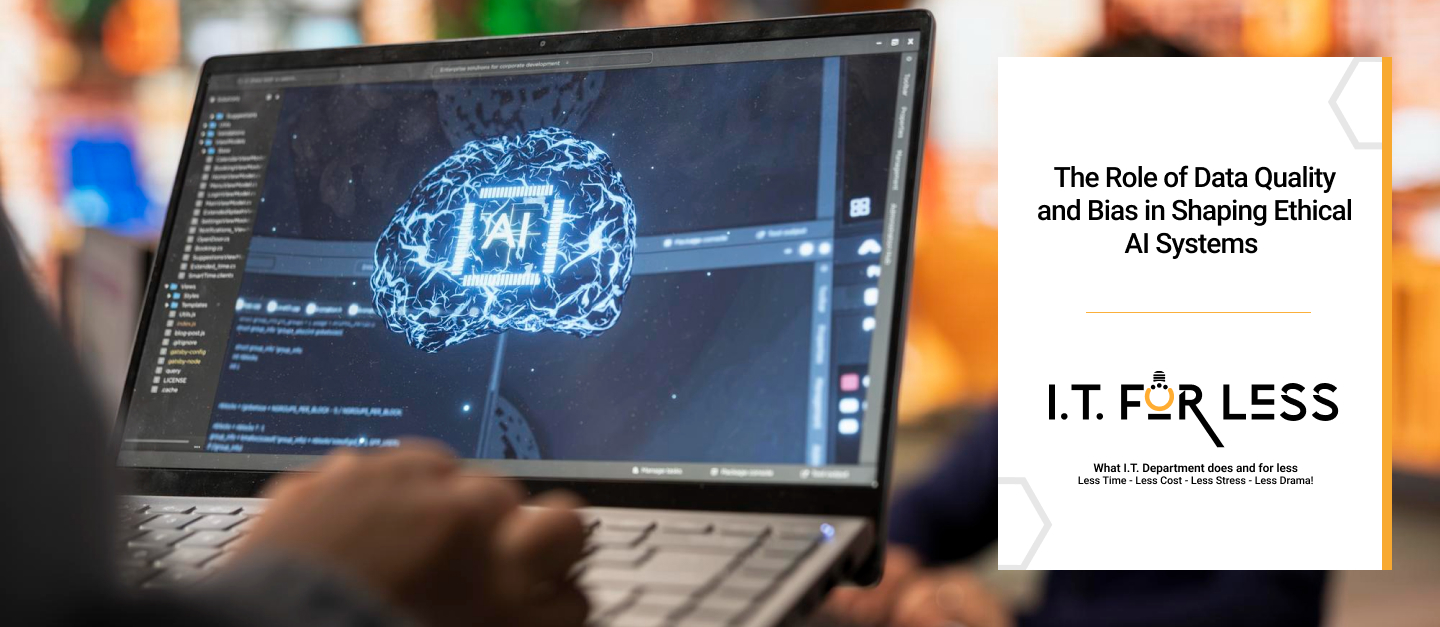AI systems are only as good as the data that fuels them. Behind every intelligent prediction, recommendation, or decision lies a foundation of information that determines accuracy, fairness, and reliability. Yet, when that data is incomplete, inaccurate, or biased, even the most advanced AI models can produce unethical and unreliable outcomes. Ensuring data quality and addressing bias are therefore at the core of building trustworthy AI systems that serve people equitably and responsibly.
Why Data Quality Matters
High-quality data is the backbone of ethical AI. It ensures that algorithms learn from accurate, representative, and relevant information, reducing the risk of errors that could harm users or misinform decisions. Poor data quality — whether due to missing values, duplication, or unstructured formats — can lead to unpredictable model behavior. Over time, these errors amplify, creating systemic issues that affect not just performance but trust.
Maintaining data integrity means establishing strong validation, cleaning, and verification processes. Regular audits and automated data checks help ensure consistency and accuracy at every stage — from collection and labeling to model training and deployment.
Understanding and Addressing Data Bias
Bias enters AI systems in subtle but impactful ways. It may stem from historical inequalities in datasets, underrepresented demographics, or the subjective assumptions of those labeling the data. These biases can manifest in real-world harms — such as discriminatory hiring algorithms, unequal credit scoring, or skewed healthcare predictions.
To minimize bias, organizations must evaluate data sources for representation gaps and ensure inclusivity in both collection and labeling. Techniques like rebalancing datasets, anonymizing sensitive attributes, and using fairness-aware algorithms can significantly improve model impartiality. Equally important is embedding human oversight throughout the lifecycle to catch unintended outcomes early.
Building Ethical AI Through Governance and Culture
Technical fixes alone are not enough. Creating ethical AI systems requires a governance framework that aligns with clear principles of transparency, accountability, and fairness. Establishing data standards, documenting data provenance, and assigning ownership ensure that responsibility for data quality is shared across teams. Training employees on bias awareness and ethical data handling also reinforces a culture where responsible AI becomes part of daily operations, not just a compliance requirement.
The Path Forward
Ethical AI begins long before an algorithm is trained — it starts with how data is collected, curated, and maintained. By prioritizing data quality and confronting bias head-on, organizations can create AI systems that are not only high-performing but also fair, transparent, and aligned with human values.
Partner for Ethical Innovation
Partner with I.T. For Less today and take the first step toward building data-driven, ethical AI systems that keep your IT flowing as effortlessly as your ambition — accurate, inclusive, and built for the future of intelligent enterprise.
